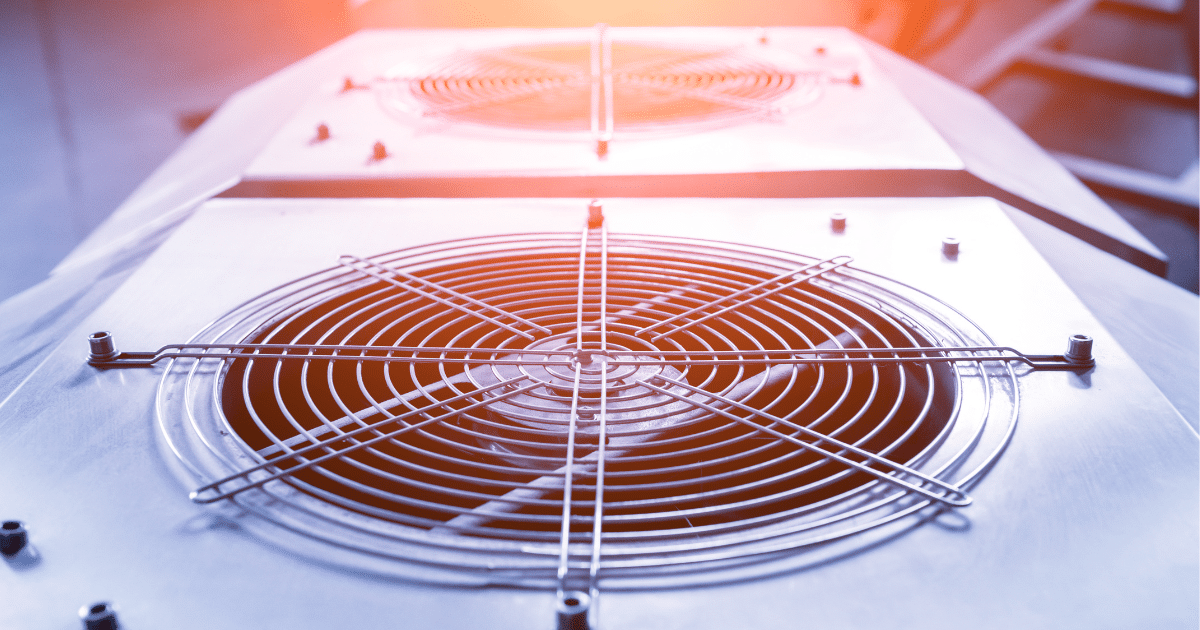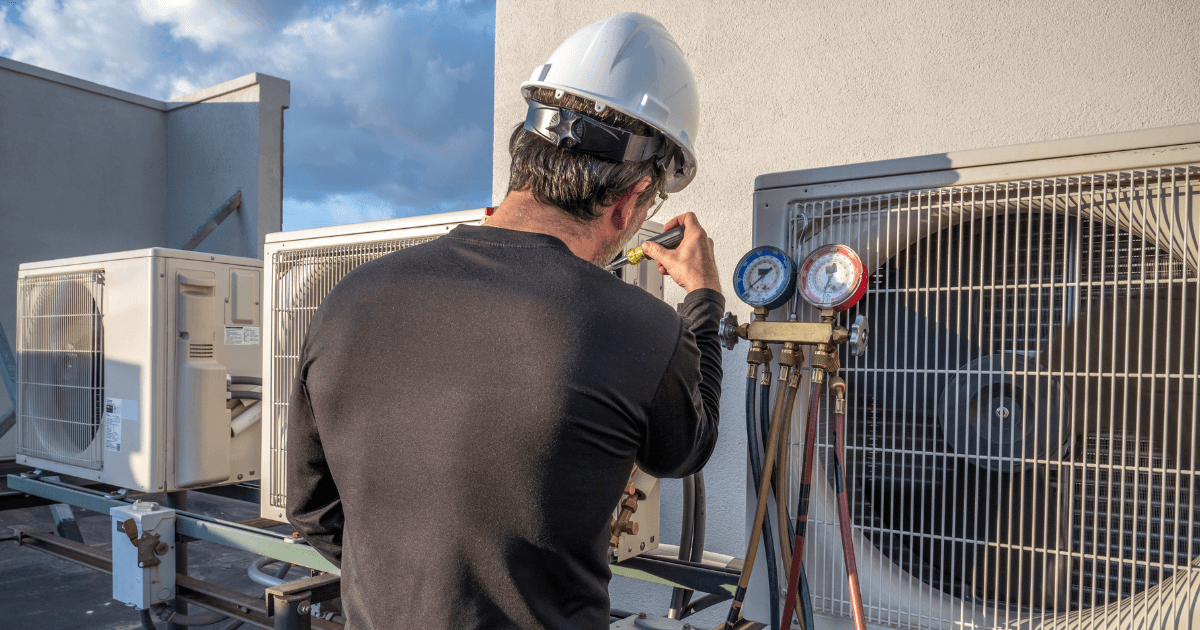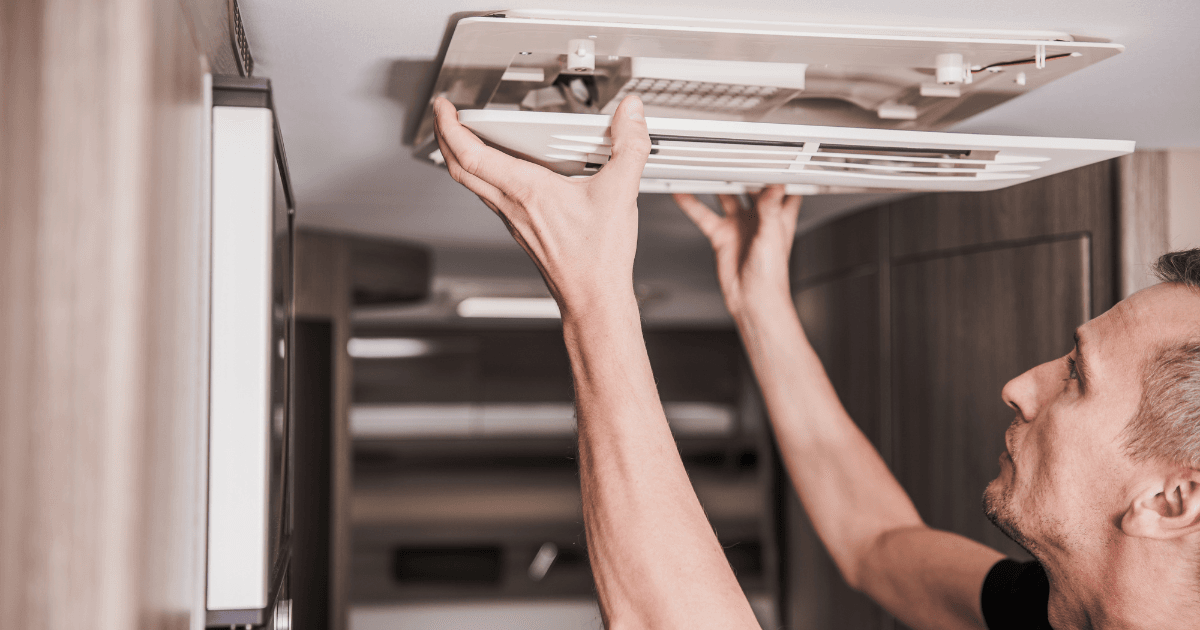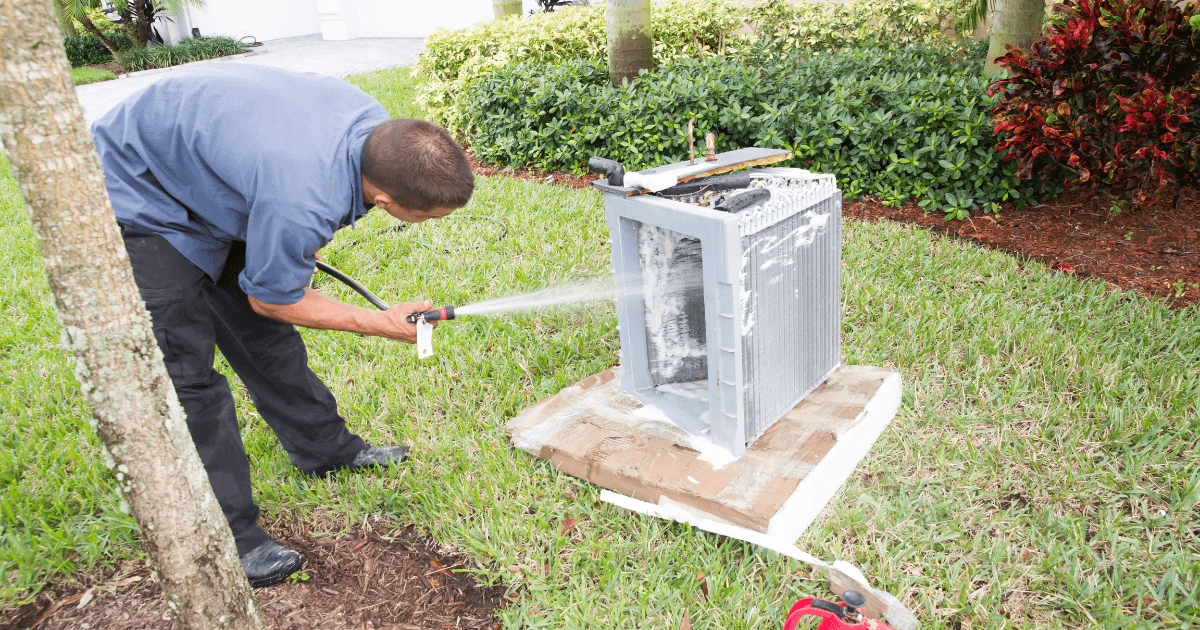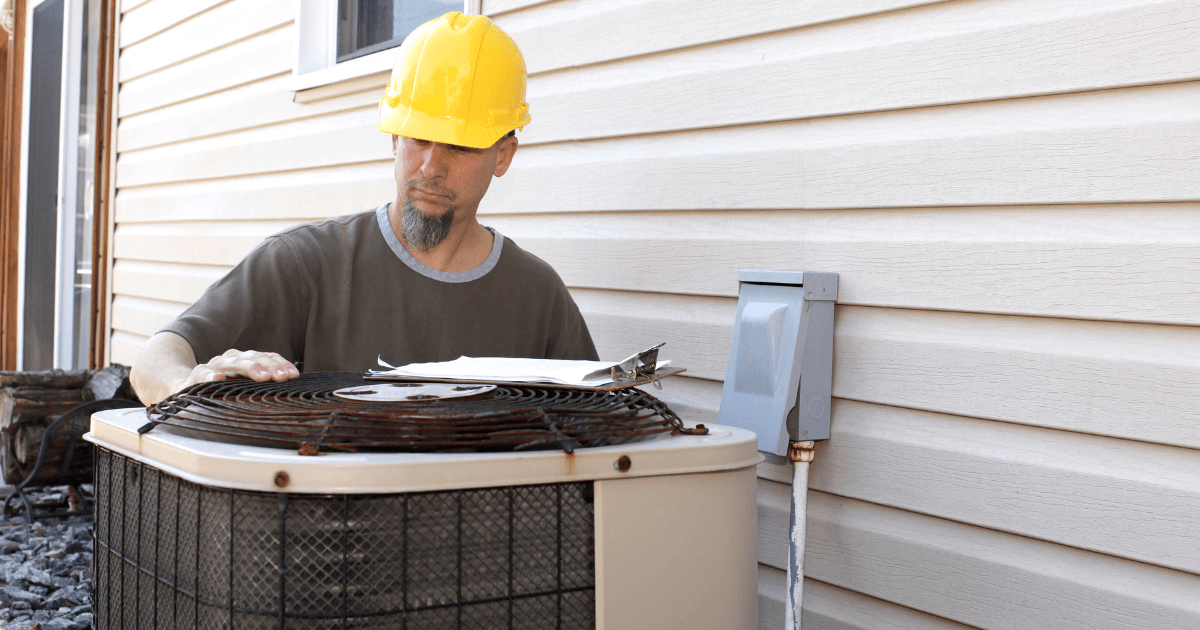Introduction
As the world grapples with rising energy costs and climate changes, choosing the right air conditioning (AC) system has never been more important. By 2024, advanced technologies such as two-stage and variable-speed air conditioners are increasingly popular, offering energy efficiency, improved comfort, and smart integration capabilities. The debate between which of these is “best” for your home is complex and depends on several factors, from energy savings to personal comfort preferences.
By applying first-principles thinking, we can strip away assumptions and approach this decision with fundamental, evidence-based insights, ultimately helping homeowners make a decision that balances comfort, efficiency, and long-term sustainability.
Breaking Down the Fundamentals of AC Technology
A two-stage AC unit has two levels of operation: high and low. This feature allows the system to run at full capacity on very hot days and at reduced capacity when the cooling demand is lower. Unlike traditional single-stage systems, which only run at full blast, a two-stage unit can run for longer periods at a lower speed, making it more efficient and quieter.
- Full Capacity: Used on extremely hot days when more cooling is required.
- Partial Capacity: The unit runs at a lower speed during moderate weather, which leads to better temperature consistency and improved humidity control.
The key here is that two-stage systems are designed to run more consistently, which reduces wear and tear on the unit, saves energy, and enhances indoor comfort by reducing temperature swings.
How Do Variable-Speed AC Units Work?
A variable-speed air conditioner, on the other hand, can adjust its speed in incremental steps, offering precise control over the cooling output. These systems can run at any speed necessary to match the exact cooling demand of your home. Unlike two-stage units, which have only two speeds, variable-speed units can operate at hundreds of speeds, allowing for continuous operation and more consistent temperature control.
- Smooth Operation: The system adjusts gradually, preventing the “on-off” cycling associated with traditional systems, which means less energy waste.
- Perfect Comfort: Since it can fine-tune its performance, it maintains a consistent indoor temperature, often keeping fluctuations within 1-2 degrees of the desired setting.
- Advanced Humidity Control: Continuous low-speed operation allows variable-speed units to remove more moisture from the air, making them ideal for humid climates.
Efficiency is About Matching Output to Demand
The most important factor in understanding why variable-speed units outperform two-stage units in many respects is load matching. Both systems aim to avoid the inefficiencies of running at full capacity all the time, but variable-speed units take this a step further by adjusting the compressor speed dynamically to precisely meet the cooling needs at any given moment. This load-matching ability results in significantly lower energy consumption and superior indoor climate control.
Energy Efficiency: Unpacking Long-Term Savings
One of the clearest metrics to compare the efficiency of these systems is the Seasonal Energy Efficiency Ratio (SEER), which measures the cooling output during a typical cooling season divided by the energy consumed. In general, higher SEER ratings indicate better efficiency.
- Two-Stage Units: Typically have SEER ratings in the 16-18 range, offering substantial improvements over single-stage units.
- Variable-Speed Units: Often boast SEER ratings of 20 or higher, making them the pinnacle of energy efficiency in residential HVAC systems.
Real-World Energy Savings
According to the U.S. Department of Energy, upgrading to a more efficient system like a variable-speed unit can reduce cooling energy consumption by up to 40% compared to older single-stage systems. Two-stage systems, while more efficient than single-stage units, typically offer 20-30% savings.
In practical terms, this means that homeowners in regions with high cooling demands could see substantial reductions in their energy bills over time. For example, in a 2,000-square-foot home in a warm climate, a variable-speed system could save hundreds of dollars annually compared to a less efficient model.
Energy Efficiency is Rooted in System Flexibility
Efficiency gains in HVAC systems come from the ability to match cooling output to demand. Variable-speed systems excel here because they reduce waste by continuously adjusting to changing conditions rather than operating in a binary “on-off” cycle. This is why variable-speed systems have higher SEER ratings and provide superior real-world savings.
Comfort: The Invisible but Crucial Factor
Two-stage systems operate at full speed when needed but spend most of their time running at reduced capacity. This results in more even cooling than single-stage units, with fewer temperature fluctuations and improved dehumidification. However, because they only have two speeds, there can still be some temperature variance, particularly in homes where external conditions change frequently.
Variable-Speed Comfort: Unmatched Precision
Variable-speed AC units take comfort to another level. By adjusting their speed incrementally, they can maintain steady temperatures and control humidity far more effectively than two-stage units. They eliminate the problem of temperature spikes between cycles, providing a truly seamless comfort experience.
- Humidity Control: In humid climates, a variable-speed system can run for longer periods at lower speeds, removing more moisture from the air and creating a more comfortable indoor environment.
- Noise Reduction: Variable-speed units are also quieter, as they rarely need to run at full capacity, minimizing the noisy startups that are typical of single- or two-stage units.
Comfort Depends on Continuous Adjustment
The level of comfort a system provides is directly tied to its ability to modulate its output. Variable-speed systems excel because they can fine-tune their performance based on real-time feedback, ensuring that comfort is maintained with minimal deviation from the set temperature.
Cost Analysis: Short-Term vs Long-Term Considerations
Variable-speed units are typically 20-30% more expensive upfront than two-stage units. This is often a key factor in the decision-making process for homeowners.
- Two-Stage Unit Costs: These systems are generally more affordable, making them a good middle-ground option for homeowners who want improved efficiency without the premium price tag of variable-speed units.
- Variable-Speed Unit Costs: While variable-speed systems come with a higher initial cost, their energy savings and increased lifespan can result in significant long-term financial benefits.
Long-Term ROI: Energy Savings and Maintenance
While variable-speed systems cost more initially, they often pay for themselves within 5-7 years due to lower energy consumption. Additionally, because they run at lower speeds more frequently, they experience less wear and tear, leading to fewer repairs and longer overall lifespans.
Two-stage systems, while more efficient than single-stage units, typically have shorter payback periods but may not offer the same long-term savings as variable-speed systems.
Think in Terms of Lifecycle Costs, Not Just Upfront Costs
When evaluating HVAC systems, it’s easy to focus on the upfront cost without considering the total cost of ownership. Variable-speed systems, despite their higher price tag, often represent a better investment over time due to their superior energy efficiency and reduced maintenance needs.
Smart Home Integration: Preparing for the Future
While two-stage systems can work with smart thermostats, they lack the fine-tuning capabilities of variable-speed systems. They are compatible with basic energy-saving schedules but don’t offer the same level of customization or adaptability.
Variable-Speed Units: The Pinnacle of Smart Integration
Variable-speed systems are designed for the modern smart home. They work seamlessly with advanced smart thermostats like Nest or Ecobee, adjusting their output based on real-time data such as weather conditions and home occupancy. This allows for even greater energy savings and convenience, especially for homeowners who prioritize smart home automation.
Flexibility and Adaptability Define Smart Home Integration
As homes become increasingly connected, systems that can adapt to varying inputs and control settings will offer the most value. Variable-speed units, with their adaptive cooling technology, are ideally suited to the smart homes of today and tomorrow.
Conclusion: Which System is Best for You?
The decision between a two-stage and variable-speed air conditioner depends on your specific needs. If you’re focused on upfront costs and live in a moderate climate, a two-stage system might offer the right balance of efficiency and affordability. However, if you’re looking for maximum comfort, long-term savings, and the ability to integrate with modern smart home systems, a variable-speed AC unit is likely the best investment for 2024 and beyond.
By applying first-principles thinking, we’ve seen that variable-speed units excel due to their ability to match output to demand, ensuring efficiency, comfort, and sustainability over the long term.
While variable-speed systems represent the pinnacle of air conditioning technology, their value lies not only in their immediate benefits but in their capacity to future-proof your home against rising energy costs, environmental regulations, and the growing demand for smart technology integration.

